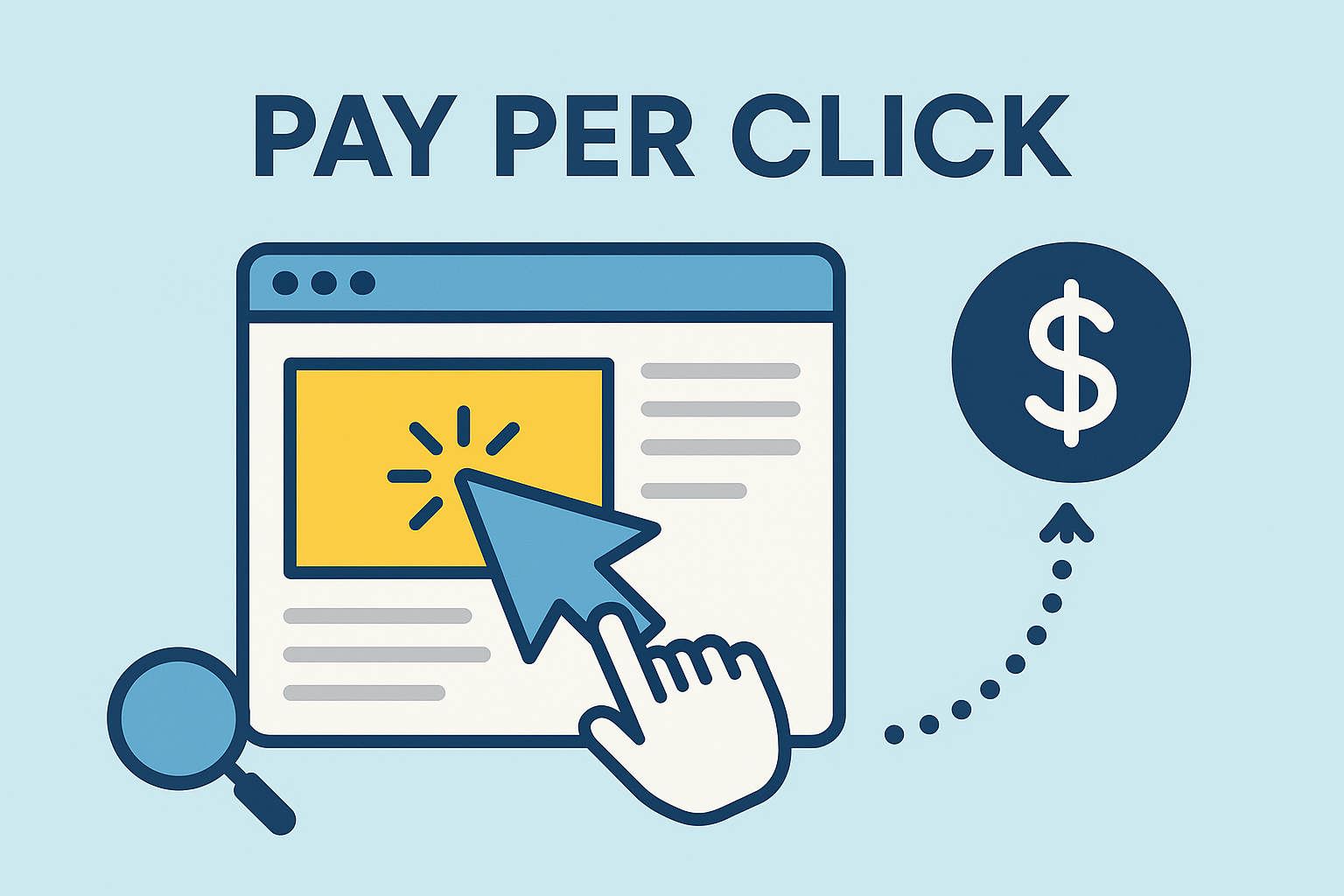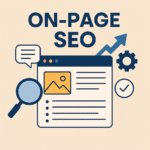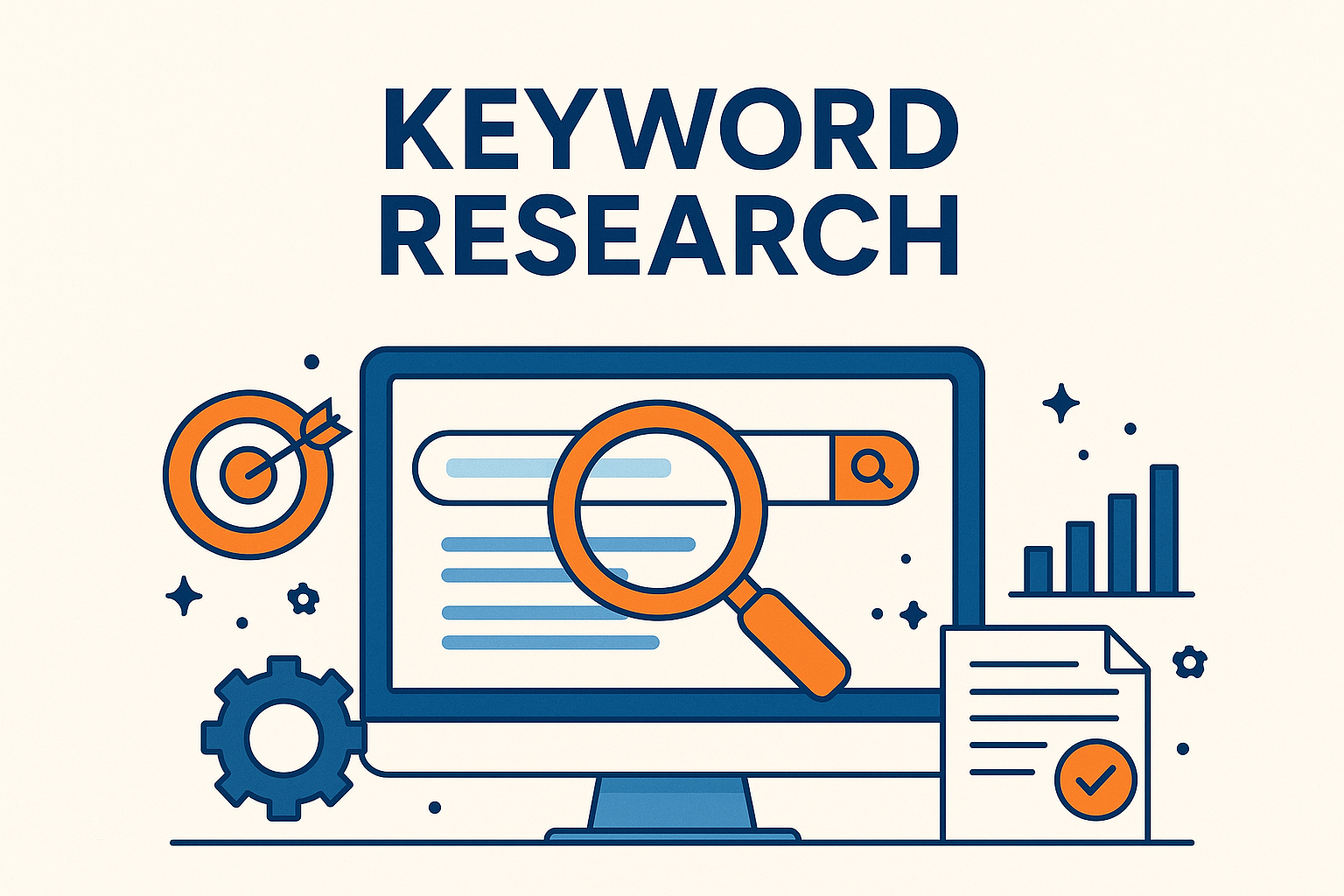What Is Pay Per Click (PPC)?
Understanding PPC Marketing
Pay Per Click (PPC) is a results‑oriented online advertising method where you are charged only when a user clicks your ad. It’s one of the fastest ways to appear in front of potential customers on platforms such as Google, Bing, Facebook, and Instagram Pay Per Click ( PPC) Advertising Solution.
Why Choose PPC for Your Business
PPC provides targeted traffic quickly, giving you the ability to drive sales, capture leads, and build brand awareness with full control over budget and reach.
How PPC Stands Apart
While SEO builds organic traffic over time, PPC delivers immediate exposure and allows you to choose exactly who sees your ads.
Core Elements of an Effective PPC Campaign
- Ad Networks: Google Ads, Microsoft Ads, and major social platforms.
- Targeting & Keywords: Selecting search terms and audience segments that match your offer.
- Bidding Models: Setting bid strategies to control spend and position.
- Ad Copy & Visuals: Crafting compelling headlines and creatives to draw attention.
- Optimized Landing Pages: Directing clicks to pages designed for conversions.
Varieties of PPC Advertising
- Search Campaigns: Text ads appearing on search engine results pages.
- Display Campaigns: Visual ads placed on relevant websites.
- Shopping Campaigns: Product listings with price and image directly in search results.
- Video Campaigns: Engaging video promotions on platforms like YouTube.
- Remarketing Campaigns: Targeting users who previously interacted with your site.
Advantages of PPC for Your Brand
- Quick visibility in search and social feeds
- Full control over daily or campaign budgets
- Ability to reach specific customer profiles
- Detailed performance tracking and reporting
- Scalable to meet growing business needs
How We Set Up a PPC Campaign
- Clarify Objectives: Whether it’s generating leads, boosting sales, or increasing brand exposure.
- In‑Depth Keyword Research: Identify high‑intent phrases your audience uses.
- Craft Ad Messaging: Create attention‑grabbing headlines and descriptions.
- Design Conversion‑Focused Pages: Align page content with ad messaging.
- Select Bidding Options: Choose CPC, CPA, or CPM depending on your goals.
Ongoing Optimization Practices
- Split Testing: Run A/B tests on ad variations.
- Add Negative Keywords: Prevent wasted spend on irrelevant terms.
- Enhance Quality Score: Improve ad relevance and landing page experience.
- Adjust Bids: Increase or reduce bids based on performance data.
- Refine Targeting: Narrow down demographics, interests, and locations.
Recommended Tools & Platforms
- Google Ads Manager
- Microsoft Advertising
- Facebook & Instagram Ad Manager
- LinkedIn Campaign Manager
- Performance Tools: SEMrush, WordStream, HubSpot for analysis and insights
Tracking PPC Performance
- Metrics to Watch: CTR, CPC, conversion rates, and ROI.
- Use Dashboards: Monitor progress and make data‑driven decisions.
- Attribution Models: Understand which channels influence conversions.
- Reporting: Generate regular performance summaries to guide improvements.
Frequent Mistakes to Avoid
- Neglecting to use negative keywords.
- Directing traffic to poor or irrelevant landing pages.
- Overspending without a defined strategy.
- Failing to implement conversion tracking.
- Ignoring the need for continual ad optimization.
The Future of PPC Marketing
- AI and Automation: Smarter bidding and predictive targeting.
- Voice Search: Adapting strategies to new search behaviors.
- Enhanced Personalization: Hyper‑targeted messaging.
- Channel Integration: Combining PPC with SEO, email, and social media for stronger impact.
Ready to grow your business with PPC?
📞 Get in touch with us today and let’s create campaigns that deliver results!








Leave a Reply